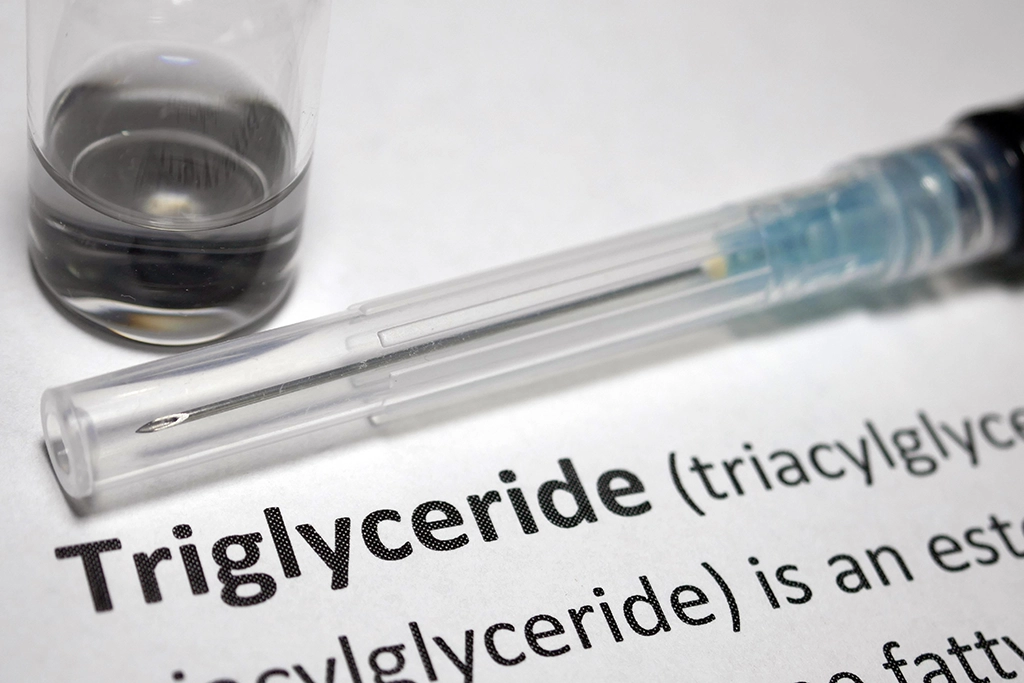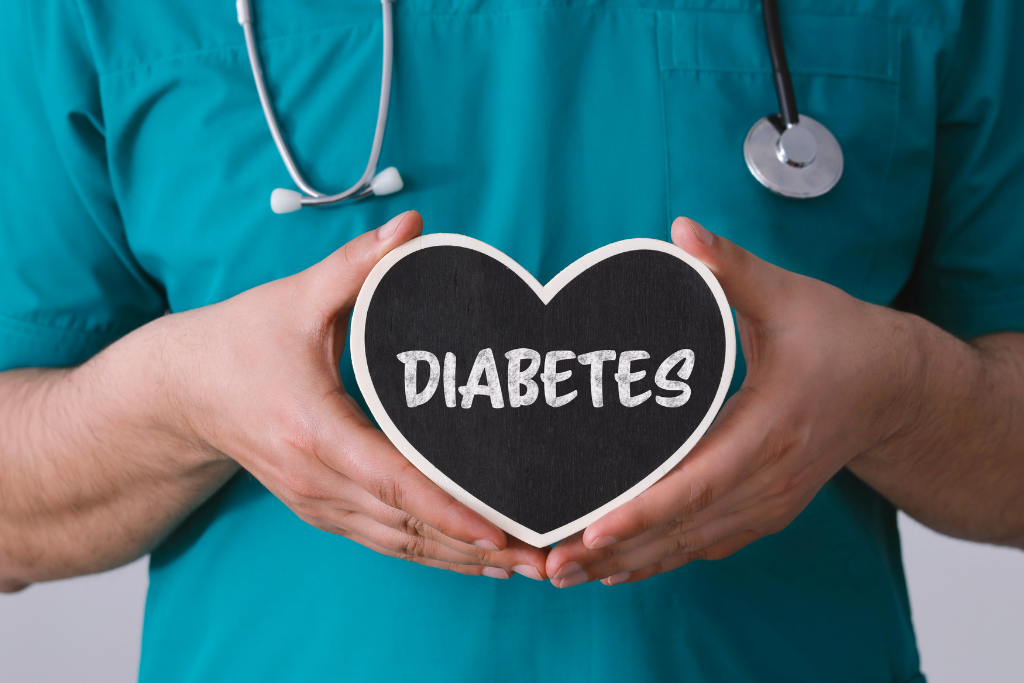Understanding Blood Pressure. When talking about important metrics of your health, blood pressure levels are one of the most vital numbers to monitor and regulate. And even though we know that some people have different values just as their baseline, we’re aware that high blood pressure can be extremely dangerous and harmful to our health.
High blood pressure has been associated with an increased risk of heart disease, diabetes, chronic kidney disease, heart attack, stroke, and even dementia. It’s important to recognize the causes of high blood pressure and implement tools and routines that will support the health of your heart and blood vessels and lower your blood pressure numbers to a normal range.




